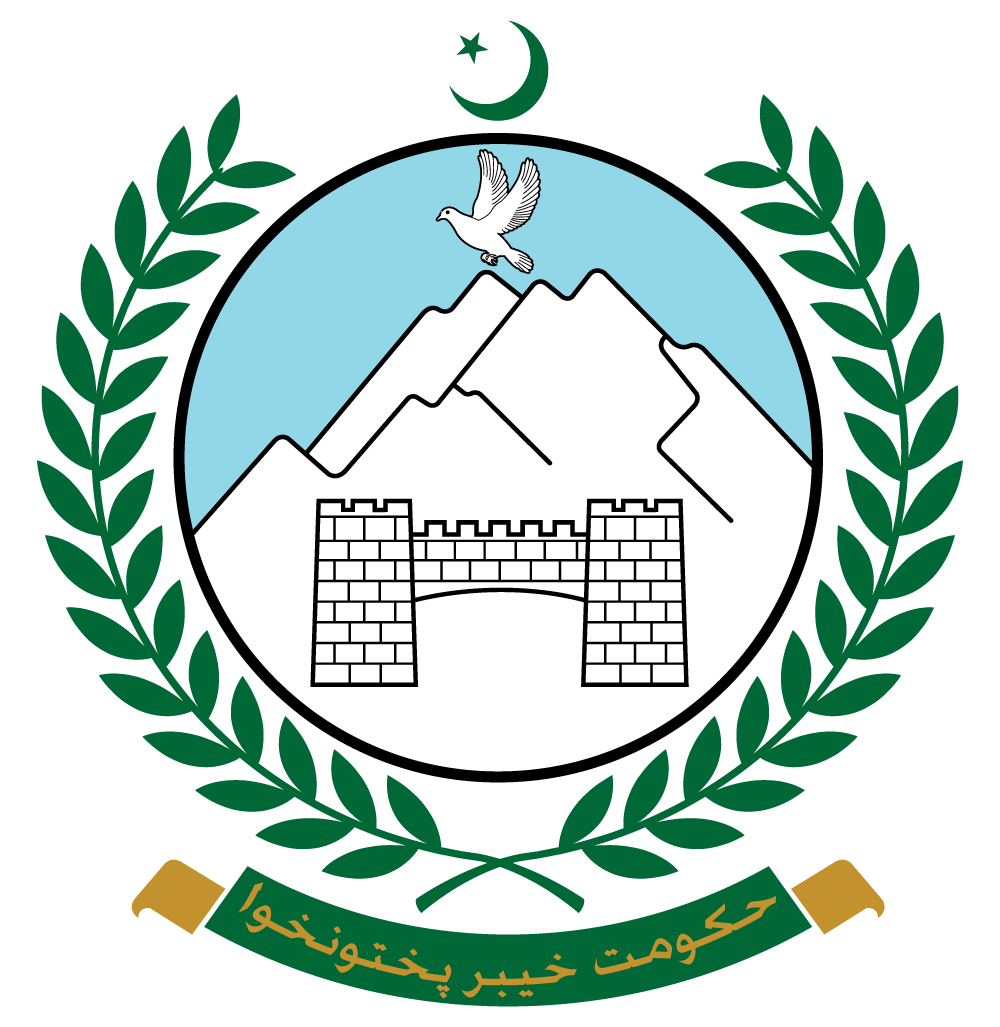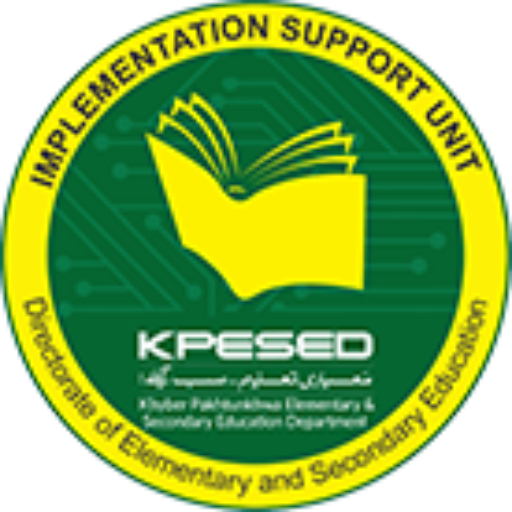Disaster Risk Reduction
In a nation that has witnessed the devastating consequences of natural disasters on educational
institutions, ISU-DOE&SE recognizes the critical importance of fortifying the educational
sector against future emergencies. Throughout the history of Pakistan, tragic student casualties
caused by earthquakes, floods, and other calamities have underscored the pressing need for
proactive measures to protect our educational infrastructure. It was with this imperative in mind that ISU-DOE&SE was established. In light of the DRR Steering Committee, the ISU-
DOE&SE was established on August 31, 2018 with the objective of implementing Emergency Standard Operating Procedures (ESOPs), capacity building on School Safety, DRR for
education managers, head teachers, development of manuals and coordination with various
stakeholders across the province. As an organization, ISU-DOE&SE is driven by a steadfast
commitment to promoting the resilience and well-being of educational institutions and their
stakeholders. We strive to foster a culture of safety, preparedness, and effective response to
emergencies. Our dedicated team of professionals brings together diverse expertise and a
shared passion for creating a secure and conducive environment for learning and growth.
In recent decades, Pakistan has faced numerous natural disasters, including earthquakes, floods,
and landslides, causing widespread humanitarian crises and affecting lives, schools, homes,
and livelihoods. Additionally, everyday risks such as minor injuries, fires, road accidents, and
electrocution continue to endanger schoolchildren. The increasing frequency of natural
hazards, intensified by climate change and environmental degradation, is a growing concern.
The devastating 2005 earthquake alone left over 138,000 injured, 3.5 million homeless, and
tragically claimed the lives of approximately 19,000 children, primarily due to school building
collapses.
While effective monitoring, forecasting, and early warning systems are vital, equipping schools
with Disaster Risk Reduction (DRR) skills and knowledge is equally critical. To address this,
the ISU-DoE&SE KP, with UNICEF’s technical and financial support, launched a
comprehensive initiative to strengthen schools’ emergency preparedness. Through regular
mock drills and training sessions, the program equips teachers and students to respond
effectively, minimizing risks and damages during crises. This initiative reflects the proactive
approach of the DoE&SE KP in addressing specific challenges and fostering resilience in
schools.
The mock drill exercises and training sessions organized by the Implementation Support Unit
(ISU) of the Directorate of Education (DoE&SE) under the Disaster Risk Reduction (DRR)
initiative are pivotal in enhancing emergency preparedness. These drills simulate real-life
emergency scenarios, actively involving school staff and students to evaluate their responses,
refine emergency plans, and improve overall readiness. By fostering a safer school
environment, these exercises empower participants to effectively handle various emergencies.
During these mock drills, trainers establish a School Disaster Management Team (SDMT) by
selecting members from teachers, students, and Parent-Teacher Council (PTC) representatives.
Each member’s role and responsibilities are clearly defined. The SDMT is then divided into
specialized sub-teams: Early Warning, Evacuation, Search and Rescue, First Aid, and
Coordination. Detailed briefings are provided to ensure that each team understands their duties before, during, and after potential disasters within school premises.
Training Methodology:
After defining SDMT roles, an orientation session is conducted for students and teachers,
covering the contents of a First Aid Kit and basic first aid techniques such as bandaging and
casualty transport. Participants are also trained on evacuation procedures, early warning
mechanisms, and safety protocols for secure zones. Following these sessions, a structured mock
drill is carried out to simulate an emergency, adhering to a systematic process outlined below:
Step 1: Early Warning Announcement A student or staff member initiates the exercise by
loudly announcing a simulated earthquake, alerting everyone in the school to prepare for
emergency actions.

Step 2: Duck and Cover In response to the warning, students assume the “duck and cover”
position, taking shelter under desks or in designated safe areas to protect themselves from
falling objects.

Step 3: Evacuation Students and staff evacuate classrooms and offices, following pre-
identified safe routes marked with clear safety signs. They proceed to designated secure zones.

Step 4: Headcount Upon reaching the evacuation area, the designated team conducts a
headcount to ensure everyone is accounted for. Any missing individuals are promptly identified
for further action.

Step 5: Search and Rescue The Search and Rescue team inspects affected areas of the school
to locate and assist anyone left behind. Injured individuals are either helped to safety or
transported to secure areas.

Step 6: First Aid The First Aid team, comprising trained teachers and students, provides
immediate medical assistance to injured individuals using the resources available in the First
Aid Kit.

Step 7: Coordination The Coordination team ensures effective communication with external
agencies, such as Rescue 1122, to facilitate timely support for serious casualties.





